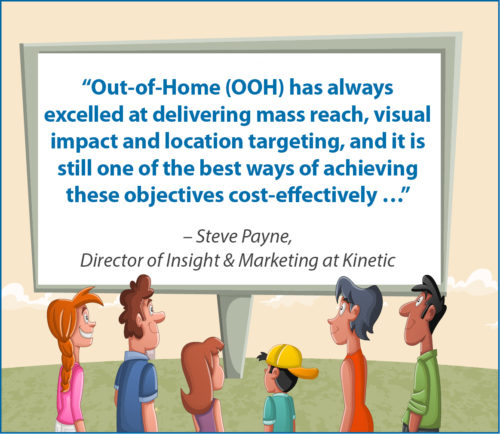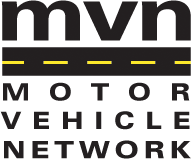 Out-of-Home (OOH)* marketing is ideally placed to bring meaning back to advertising and help businesses reconnect with consumers, achieving strategic presence in a crowded media landscape. Analysis concludes:
Out-of-Home (OOH)* marketing is ideally placed to bring meaning back to advertising and help businesses reconnect with consumers, achieving strategic presence in a crowded media landscape. Analysis concludes:
Out-of-Home:
OOH can achieve long-term brand value at a time when attention often becomes focused on short-lived clicks, shares and instant gratification.
- Effective use of OOH means selecting locations based on campaign objectives and audience.
- Combine high-profile locations with supporting localized spots to maximize impact, reach and relevance.
Online:
Consumers and businesses have become disillusioned with online media:
- One in three consumers say they dislike online ads, while more than half use ad blockers.¹
- Businesses question the impact of their online ad spend which is driven by a trend for short-term gain, as they grapple with online ad fraud and viewability².
Digital Out-of-Home:
OOH comes into its own in the digital age with Digital Out-of-Home (DOOH):
- DOOH offers opportunities to cut through the noise and grab consumers’ attention with unrivaled creativity.
- DOOH can be central to long-term brand building to counteract the short-term objectives driven by online media.
In a world defined by consumer choice, OOH should be an integral part of a media mix. Businesses must focus on quality and remember the importance of brand building for delivering long-term value.
*Out-of-Home Examples include: billboard, DMV, transit, gas station, etc.
¹Study by Choozle
²Viewability: an online metric that tracks only impressions that can actually be seen by users. For example, if an ad is at the bottom of a webpage but a user doesn’t scroll down to see it, that impression would not be deemed viewable.
Source: WARC Best Practice paper, How Out-of-Home Can Deliver Cut-Through in the Attention Economy; Steve Payne-Kinetic
